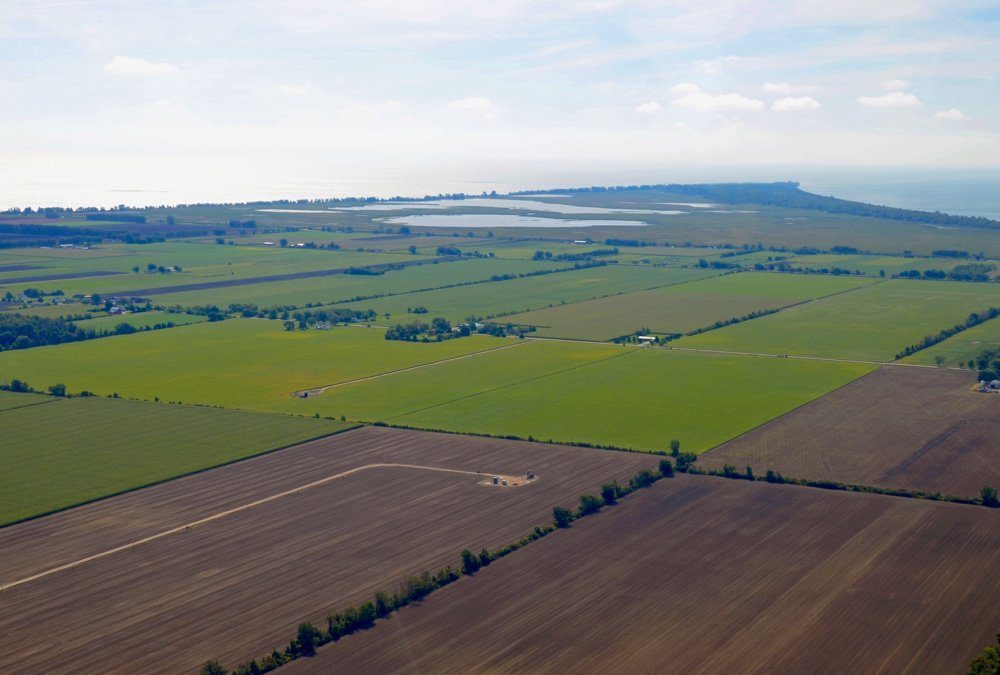Living Lab project to energize knowledge transfer

Agriculture and Agri-Food Canada is pushing to increase the adoption of environmentally friendly growing practices by farmers in Ontario’s Lake Erie region.
Adding to similar initiatives in the eastern Prairies, Quebec and the Atlantic provinces, the $4.2 million Living Lab — Ontario initiative intends to bring the sector together to develop, test and share innovative agricultural practices and technologies.
Why it matters: The Living Labs — Ontario initiative is designed to better validate new and existing soil, water and nutrient management strategies and deliver that information to more farmers.
Collaborators include farmers, agricultural and conservation organizations, as well as scientists from AAFC and other federal departments.
Research projects will focus on reducing the soil and nutrient runoff from agricultural land into Lake Erie, improving water quality, conserving soil health, and increasing biodiversity on agricultural lands.
The Living Laboratories Initiative is part of a $70 million investment outlined in the 2017 budget to support agricultural discovery science and innovation, with a focus on climate change, soil and water conservation and biodiversity.
The Living Lab — Ontario is located in the Lake Erie and Lake St. Clair basins and watersheds in southwestern Ontario, where about 75 per cent of the land is used for agriculture, according to a release by AAFC.
“As the smallest and shallowest Great Lake, Lake Erie is particularly sensitive to nutrient runoff from human activity,” it said in the release.
Chris McPhee, innovation management specialist for AAFC’s Living Laboratories division, and François Chrétien, Living Laboratories associate director, say the goal is to get more farmers using more environmentally friendly practices, and doing so more quickly. Eliminating research isolation and involving producers directly is critical.
To that end, all research will be conducted on a range of working farms within the province. Doing so enables researchers to connect and work with farmers directly, while highlighting how existing and new environmental strategies can work on a variety of farms and within different growing conditions.
“It’s a piece we thought was a bit missing,” says Chrétien, referring to the difference between existing knowledge-transfer efforts and the Living Labs program.
“The traditional approach, cost-share programs, are still very important.”
The Ontario Soil and Crop Improvement Association will shepherd the program. The Ecological Farmers Association, Innovative Farmers Association of Ontario, and Ontario Soil Network, as well as several southern Ontario conservation authorities, are also participating.
Tracey Ryan, applied research co-ordinator for OSCIA, says about 60 researchers from AAFC and Environment and Climate Change Canada will be involved.
The farms playing host to research projects are diverse in geography, size, what they grow, soil type, and production style — including “organic and regenerative” systems.
The host farms are already committed to the initiative, so OSCIA is not looking for additional farm participants.
“The focus is addressing the issues that link water quality, soil health, biodiversity, and socioeconomics. … There’s lots of work being done but people still want to see it being done on working farms,” she says. “The end result is adoption. It’s about testing innovations and validating them, then sharing those results and experiences more broadly.”
Ontario’s Living Labs research initiative is slated to conclude March 21, 2023.
Source: Farmtario.com

